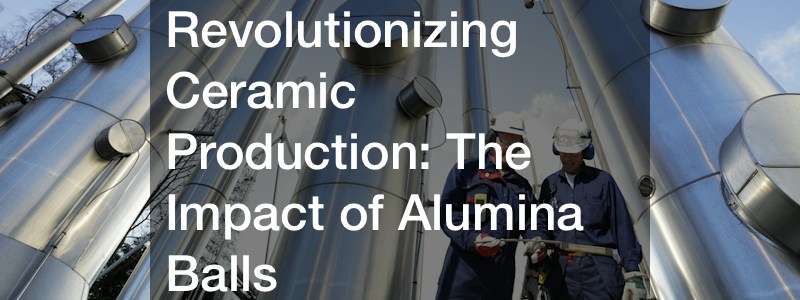In the realm of ceramic production, the use of alumina balls has emerged as a game-changer, revolutionizing the glazing process and significantly improving energy efficiency. Traditionally, ceramic glaze grinding involved the laborious use of natural pebbles and bricks in ball mills, consuming substantial energy and time. However, the introduction of high alumina balls has transformed this landscape.
Alumina balls, made from aluminum oxide, exhibit superior characteristics, including high density, wear resistance, uniform size, and exceptional mechanical strength. These properties make them ideal for the critical process of glazed grinding in ceramic production. Unlike natural pebbles, alumina balls facilitate increased loading in ball mills, leading to stabilized chemical compositions and higher-quality glaze production.
One of the remarkable advantages of alumina balls is their ability to contribute to substantial energy savings. The grinding process with alumina balls reduces electrical energy consumption by up to 35-40 megawatt-hours annually in a standard 6×6 feet ball mill.
While the initial investment in adopting alumina balls may incur costs, the efficiency gains are realized quickly, with a short payback period of around 1.5 years. As industries seek cleaner and more sustainable production methods, alumina balls stand out as a catalyst for positive change, offering a brighter and greener future for ceramic manufacturing. The adoption of these advanced technologies aligns with global efforts toward environmentally conscious practices in the competitive landscape of industrial production.
.


